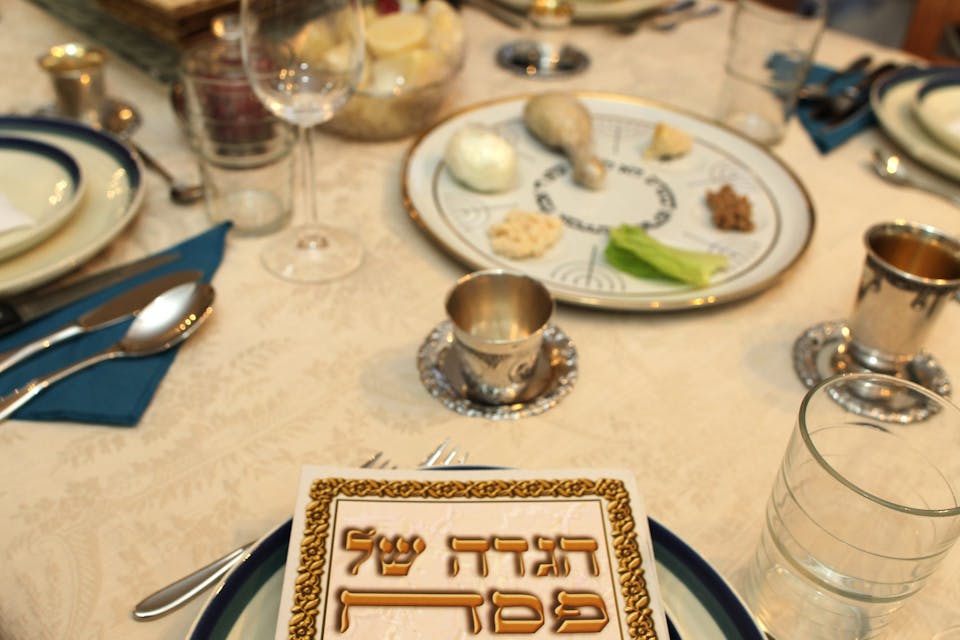
June 4, 2020
Podcast: Chaim Saiman Talks Zoom Seder Out Loud
By Tikvah Podcast at Mosaic, Chaim SaimanThe author of our May essay on the Zoom seder joins us to talk about his ideas and the debate surrounding them.
This Week’s Guest: Chaim Saiman
As the COVID-19 pandemic began to spread in the United States and Israel, and those nations’ governments and public institutions responded with quarantines and social-distancing guidelines, the Jewish community was placed in a unique bind. Passover—the most widely observed holiday in the Jewish world, on which families and friends traditionally gather for the seder—was just around the corner. With the world on lockdown, what would the seder look like?
The liberal denominations of Judaism responded quickly, encouraging the use of now-ubiquitous video conferencing technology to host “Zoom seders” and providing guidance on how to do so. But the Zoom seder was not such a simple answer for the Orthodox, who generally refrain from using electronic devices and other technologies on Shabbat and holidays. In late March, a group of Israeli rabbis from the Moroccan community issued a radical ruling, permitting the limited use of Zoom on the seder night. But this ruling was met with swift backlash among the majority of the Orthodox rabbinate, which ruled Zoom seders forbidden.